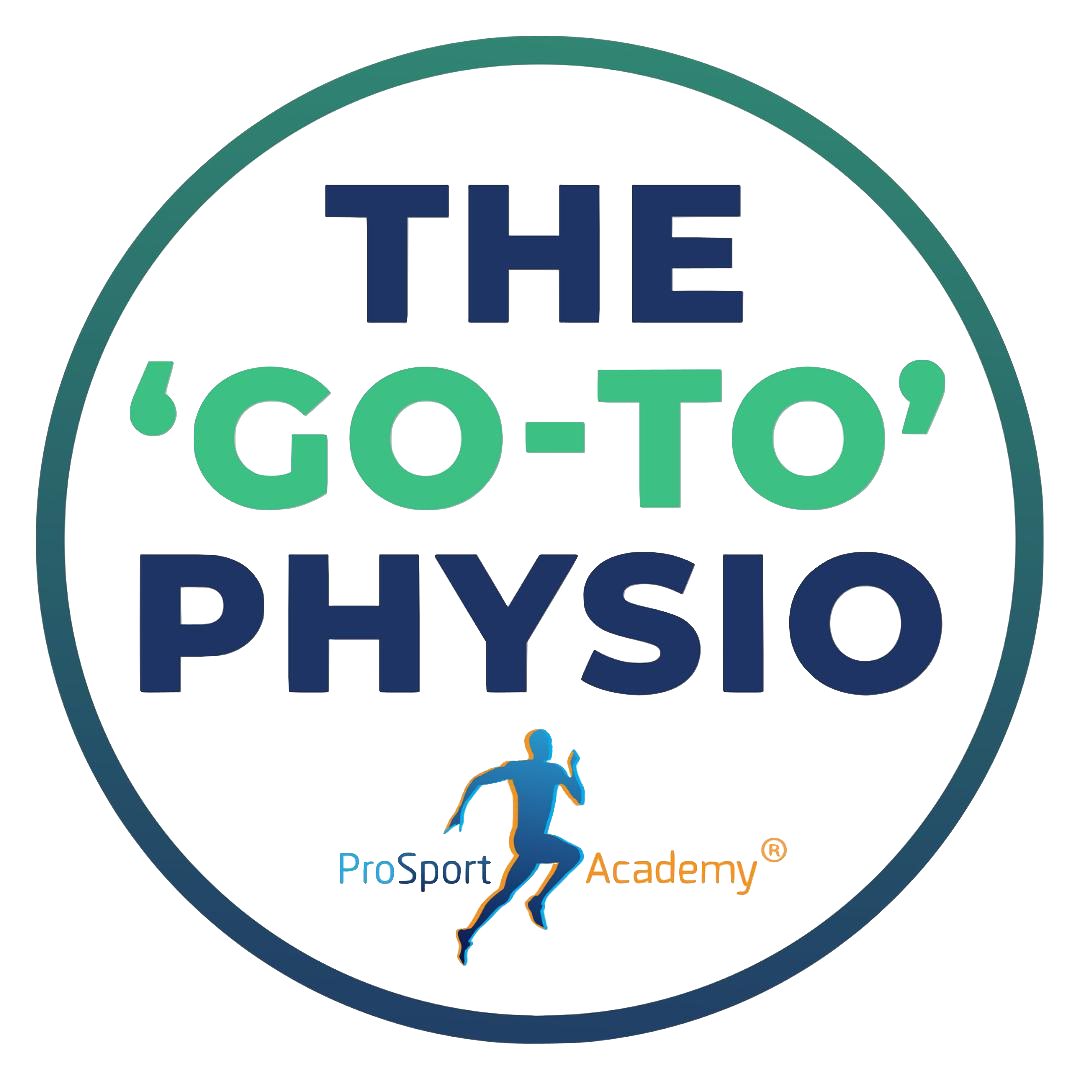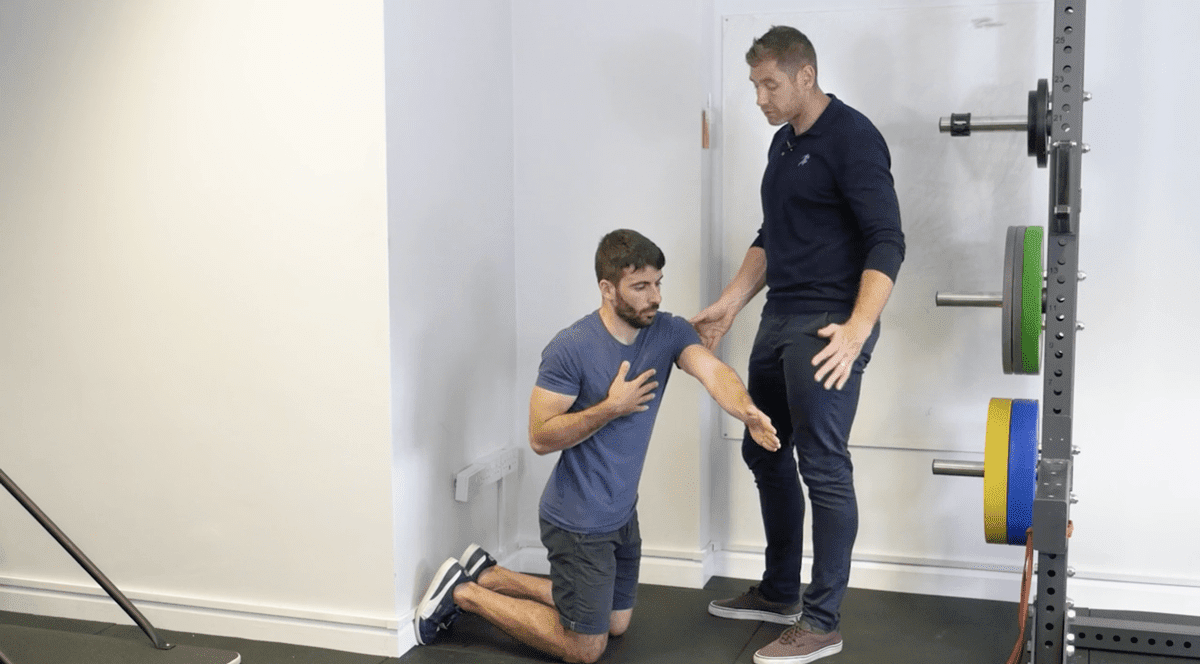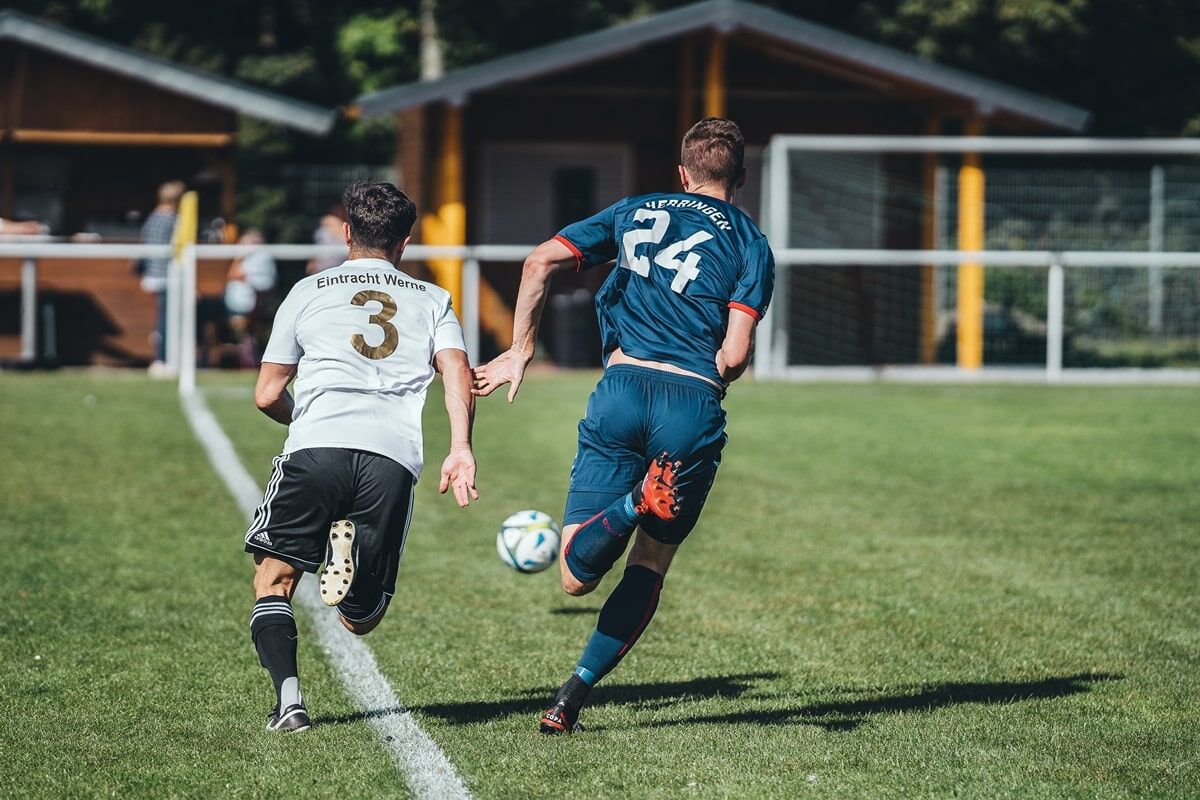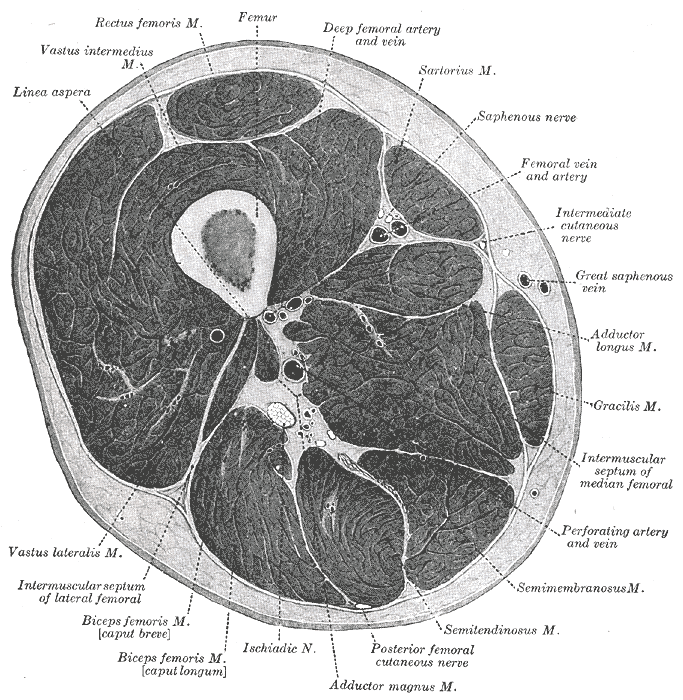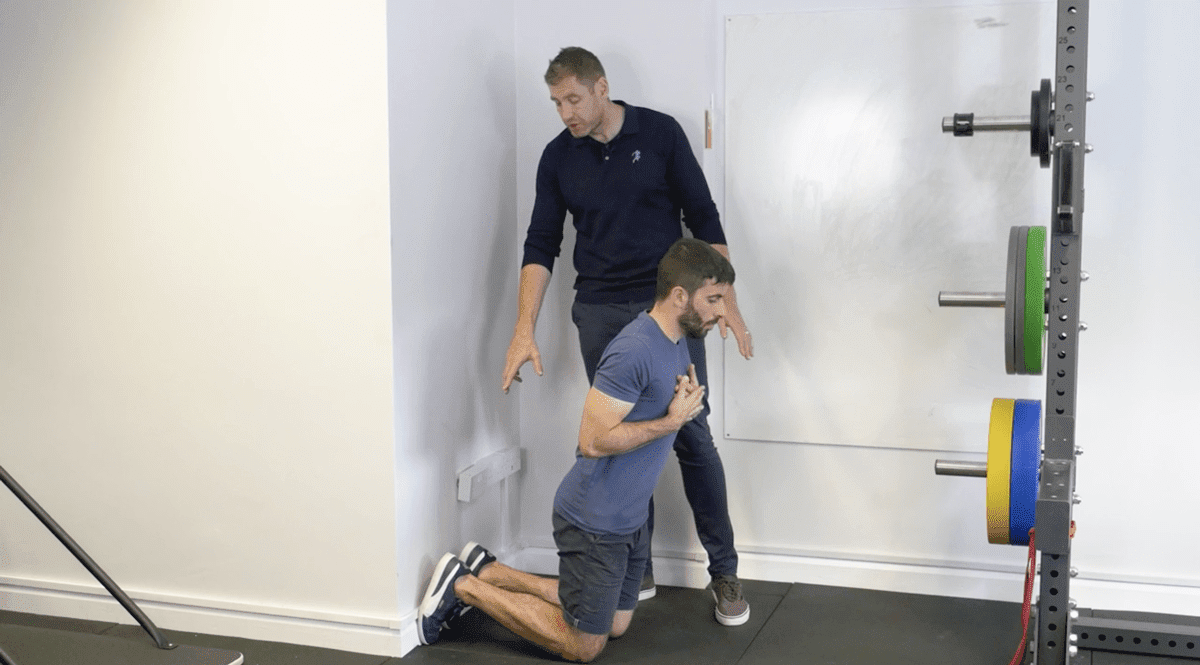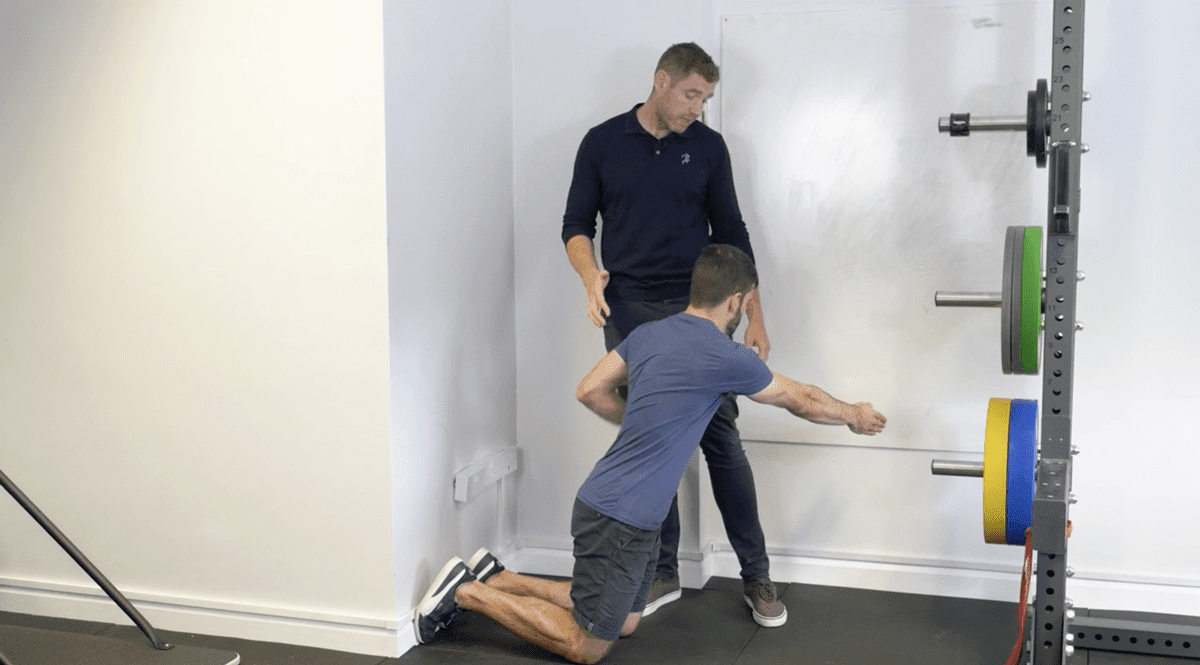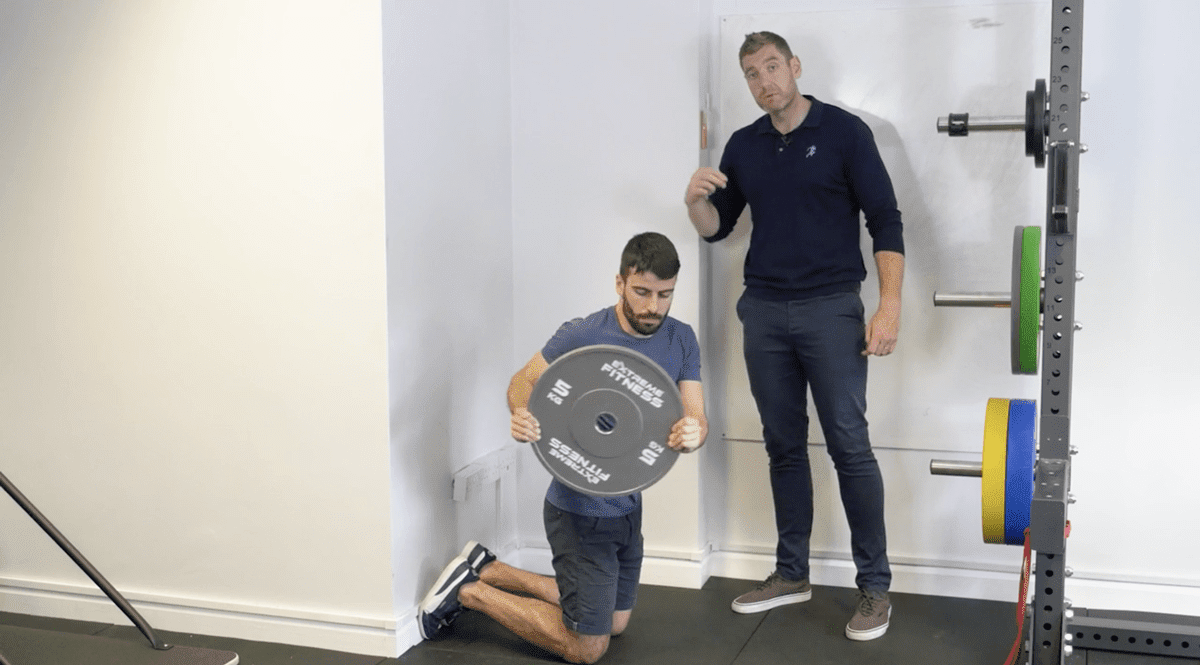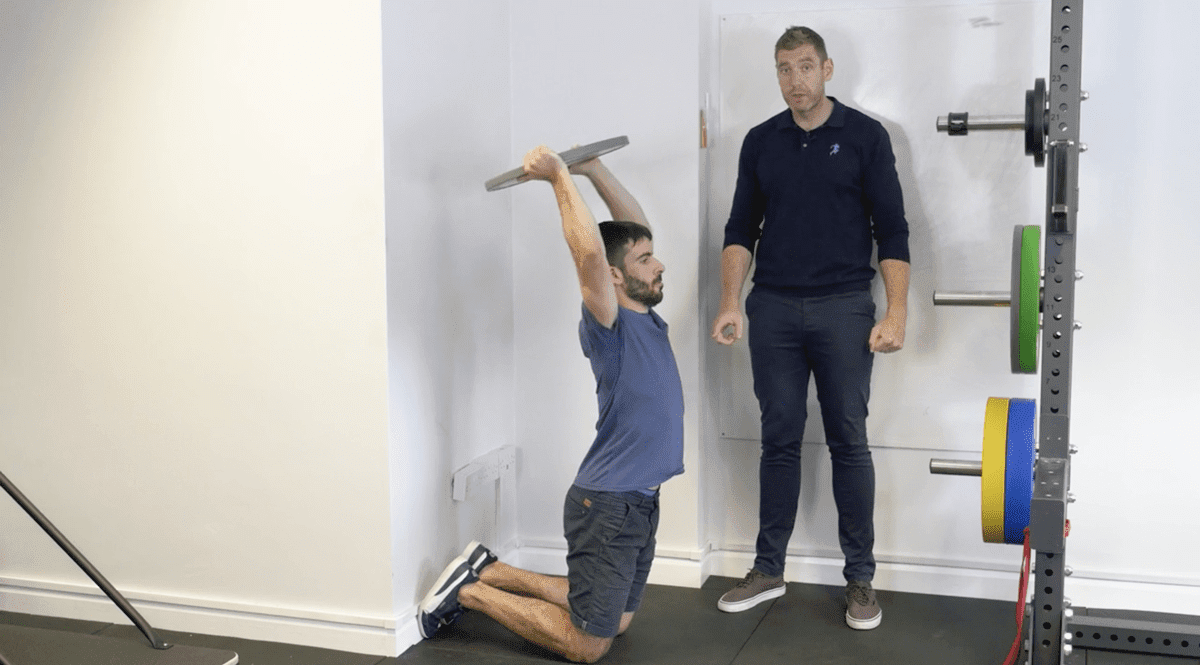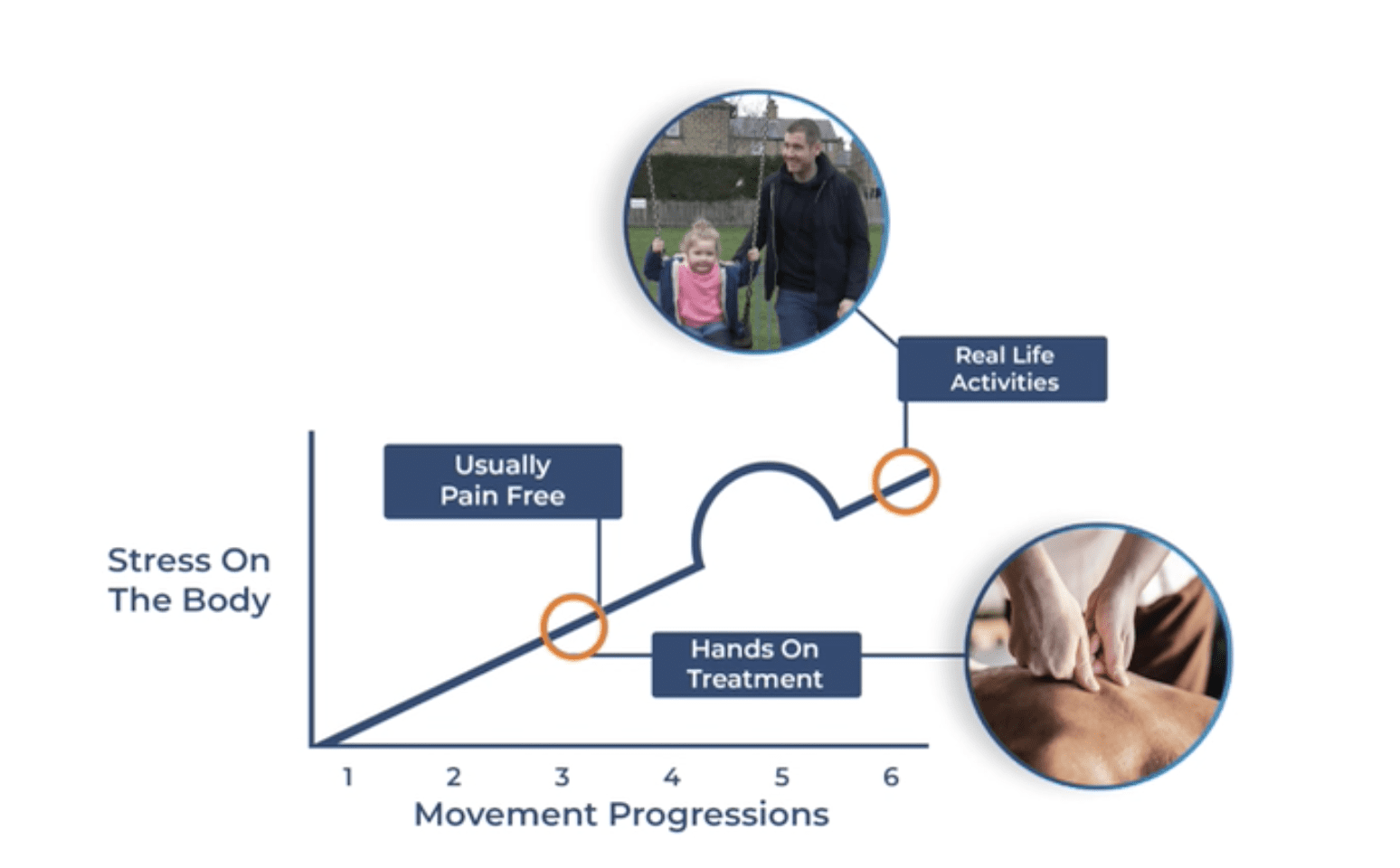Hamstring injuries can be the bane of every therapist’s life. For your athlete, they can be career-threatening and for your patient outside of sport, they can be debilitating. But hamstring rehab can often bring up more questions than you can answer.
You must have the confidence and clarity to know what you’re getting into and how to get out of it. You must know what hamstring exercises or combination of exercises you can use to get your patient back on top. Your reputation as the go-to therapist relies on you to get those results.
I spent years dealing with problem hamstrings in professional sport and at the ProSport private practice. I’ve tried and tested so many hamstring exercises. And still, every so often I’ll get an email or message from a therapist on the mentorship asking how they can make a real difference with their hamstring injury.
Well… despite all of the information out there, perhaps the most effective exercise I use is probably simpler than you’d think.
Today I want to lay out some simple eccentric hamstring exercises and the principles behind them that will help you get the results your patients need and you deserve.
Read on to find out;
- The reality of hamstring injuries.
- A little background on the Nordic hamstring curl.
- Could that traditional Nordic be flawed?
- What foot pressure and knee extension has to do with your eccentric hamstring exercise.
- My favorite eccentric hamstring exercises.
- A few simple variations to target different hamstring muscles.
- How you can deal with that hamstring injury once and for all.
The Reality Of Hamstring Injuries
Hamstring injuries and hamstring strains really are no joke. In a 2017 review in a J sports med, Ernlund et al found that hamstring strain injuries are some of the most common in sport.
In fact, they stated that hamstring muscle injuries ‘are the most frequently reported injuries in soccer, accounting for 37% of the muscular injuries observed’.
But these injuries aren’t just limited to soccer players or an athlete. Your non-sporting private practice patients are still at risk.
As a therapist, these numbers should be a wake-up call. You’re going to see your fair share of hamstring strains or injuries, so you must get it right. Build successful patients and you’ll build a successful clinic. Get it wrong and there is little hope of gaining that reputation as the go-to therapist…
So what can you do?
The Classic Nordic Hamstring Exercise
Before we get into my favorite eccentric hamstring exercise we should probably touch on one of the most popular hamstring strengthening exercises, the Nordic.
Using the traditional Nordic hamstring curl, you have a partner hold the heels or ankles as the patient leans forward from a kneeling position being sure to keep the spine and upper body straight, moving from the knee and not the hips as they lower toward the floor. It is that simple.
In a 2019 study published in the Br J Sports Med by van Dyk et al they showed that a training program that includes Nordics can reduce hamstring injuries by up to 51%. Again published in Br J Sports Med Goode et al said that ‘Eccentric strengthening, with good compliance, appears to be successful in prevention of hamstring injury.’
It’s even suggested they can reduce the injury recurrence rate so there is obviously some good being done right?
There is a real medial hamstring element to these eccentric exercises and I think this could be a big reason why Nordics have been shown to be successful for biceps femoris injuries. I appreciate it might change the fascicle length of the biceps femoris but I think people are getting results because this motion shows the brain it is safe to fire up the medial hamstrings.
So we know they work to a certain extent and we know they can assist in injury prevention. But why are these hamstring exercises are still controversial?
Should you or shouldn’t you use it?
Could The Traditional Nordic Be Flawed?
For me, I see two flaws with traditional Nordic eccentric hamstring exercises.
- When you perform it you get a lot of proximal gastroc and distal hamstrings which is great to delay knee extension but if you really want to delay knee extension then you need the full gastroc involved. With the Nordic hamstring exercise, we focus too much on the proximal gastroc and there is not enough distal gastroc in the form of plantar flexion.
- There is no intent through the midfoot and no focus on foot pressures.
Therapists may think these are minor flaws, and I’m not saying they should stop you from using the Nordic to target a hamstring injury, but very often it is the small things that can help you get those real-world results…
And here is why both of these are crucial to the success of your patient or athlete.
The Importance Of Delaying Knee Extension And Allowing The Hips To Work
To put it simply… We want to delay knee extension to allow the hips to do work.
When sprinting or running we want co-contractions around the knee joint and hip extension before knee extension. The foot hits the floor, elastic energy, Achilles is loading, hamstrings are transferring the energy up to the hip. If the knee snaps back this natural process is distrupted.
Producing Intent Through The Midfoot
In the Mentorship, I always stress the importance of what happens at the hand or the foot. And it is a crucial part of the exercise I’ll share today. But why?
Well, this is because, when we make a decision to move, the intent always starts with the foot or the hand.
With the traditional nordic hamstring exercises, someone is holding the heels or ankles. Your patient has no chance to produce intent through the midfoot.
Ask yourself, why do sprinters use starting blocks? Because they need to take off pushing through the midfoot and delay knee extension.
Both of these concepts are key to bridging the gap with your patient and helping them achieve what Louis Gifford called ‘Thoughtless, fearless movement.’
My Favourite Hamstring Injury Rehabilitation Exercise
With all of that information in mind, we have come to my favorite eccentric hamstring exercises.
This exercise is a variation to the Nordic hamstring exercise. For me, this is a quick fix to overcome a lot of silly arguments. Whether this and its variations are eccentric motions or isometric, until that research becomes clear everyone can fight about that, my main concern is always making my patients successful in the real world.
Performing This Simple Nordic Exercise Variation
Ask your patient to enter a kneeling position with their feet against a wall. You want the patient to push through that midfoot and forefoot. Have them lean forward as far as they can whilst maintaining tension. Return to the starting position and relax.
Now you won’t get as much hamstrings, but this shouldn’t worry you because the key is getting that coordination through the glutes, the hamstring and the gastroc. You still get that eccentric lowering motion with the muscle synergies working well at the knee between the gastroc and the hamstring.
In this position you want them to keep actively pushing through that midfoot. Here the patient should be getting full gastroc and hamstring. They are resisting knee extension through active plantar flexion.
Variations On This Simple Eccentric Hamstring Exercise
The most powerful part of this exercise is the scope for variation. If you understand, through your subjective and objective assessment, exactly what tissues you need to be targeting then the smallest tweak in one area can make a real difference.
Biceps Femoris Variation
If you wanted to bias the biceps femoris muscle fibers then you want your patient in the same starting position and ask them to reach their hand across the body. As they get that rotation they should feel more on the outside of their lateral leg.
In this position, the rotation and movement at the torso is putting more load through the lateral hamstrings biceps fem.
Medial Hamstring
If you wanted more medial hamstring you could ask them to reach their right hand across the body again and they should feel more inner leg.
Proximal Hamstring Reattachment
If you’re rehabilitating a proximal hamstring reattachment then another powerful variation would be to ask your patient to hold a plate, lean out, keeping tension through the midfoot, and rotate left and right.
This is giving them a transverse plane stimulus while the hamstring and gastroc are holding the patient in the saggital plane. We can get a nice stimulus through these tissues that are not just one-dimensional.
Plate Reach Eccentric Hamstring Exercise
Another challenge is to come forward, build that tension and go up as high as they can with a plate. This one will be tough because when you elevate the ribcage this motion will anterior tilt the pelvis causing a reaction in the sagittal plane.
This movement gets everything working together. We get the hamstrings working in more than one dimension. If you can implement this and get the ribcage interacting with the pelvis, because whatever the ribcage does the pelvis has to react, if the pelvis reacts the hamstring has to react.
So this is a nice way to adapt the exercise whilst still getting a lot of benefits such as stimulating the hamstrings both medially and laterally.
The Real Key To Long-Lasting Result With Your Hamstring Rehab
The cold hard fact here is that you can do all of the eccentric exercises, hands-on or soft tissue work you want but if you’re not finding and treating that true cause of the issue, then there is always a risk of falling short of true long-lasting results.
At the core of what you should be doing building successful patients. It isn’t just about strength training or getting rid of the symptoms, it’s putting the pieces of the puzzle together, understanding the WHY behind everything you’re doing, bridging the gap, and driving your patients towards ‘thoughtless, fearless movement’.
In the Mentorship, we teach a simple step-by-step system that allows you to do just that. It takes the stress and emotion out of your decision-making and allows every therapist to design a world-class rehabilitation program for even the most complex of cases.
Final Thoughts On Your Hamstring Exercise
The next time you’re confronted with a tricky hamstring injury come back to this simple Nordic variation. Keep that pressure and intent through the midfoot and use some of these powerful variations to make a real difference with your patient.
But remember, this isn’t just some kind of strength program, the success of your clinic and your reputation as the go-to therapist rests on you being able to take every patient through a graded exposure treatment program. Hold yourself to account and set your patients us for success in the real world.
If you want more information implementing a step-by-step system that gives you the confidence and clarity to find and treat the true cause of your patient’s pain, cement patient adherence and build world-class treatment plans… Click the link below and book your FREE 30-minute strategy call today.
